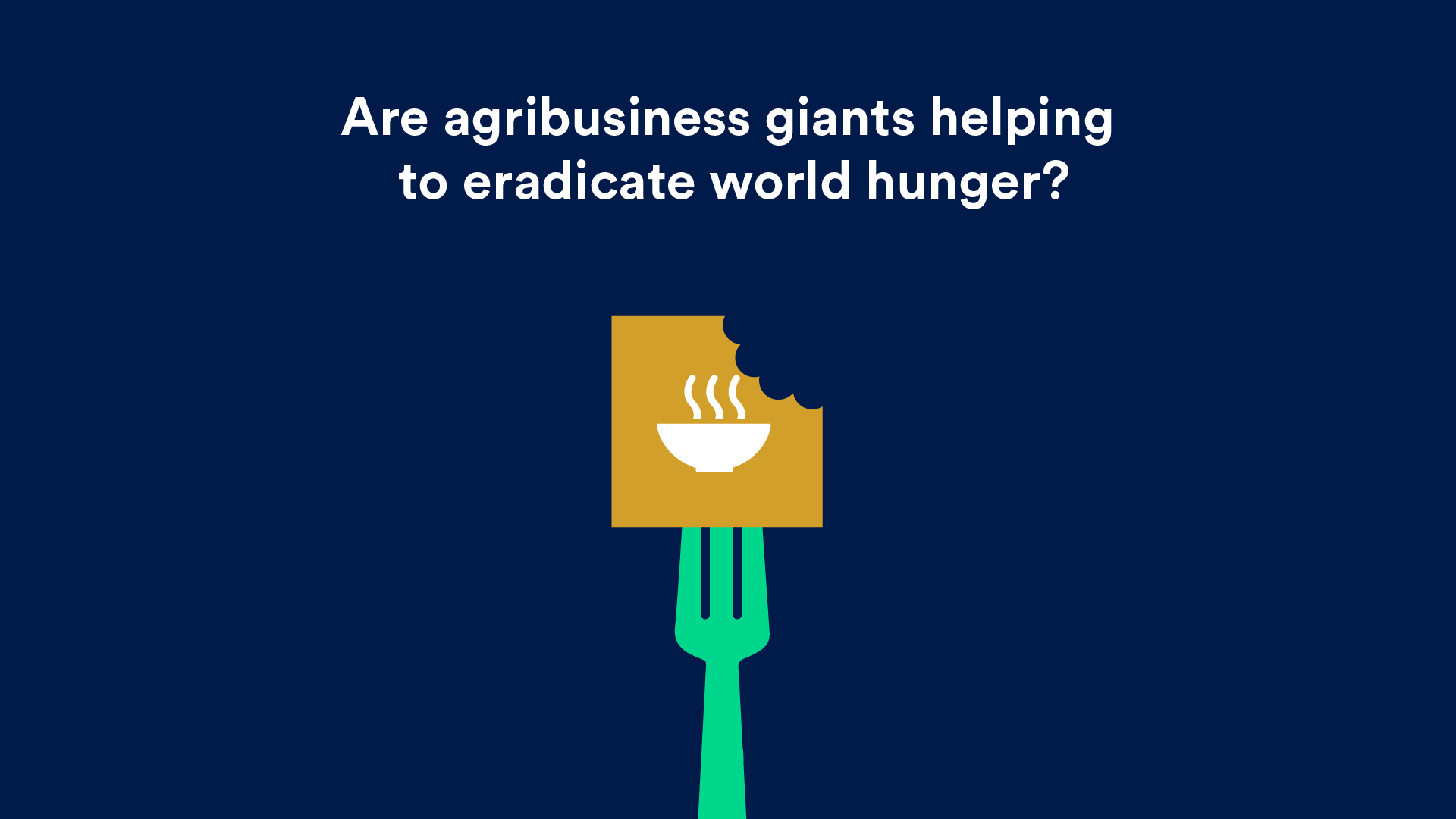impak battle : LVMH vs Kering
About the author: impak, the independent impact rating agency, regularly publishes content providing transparent data on the social and environmental impact of companies. By doing so, it aims to accelerate the transformation towards a stakeholder economy generating an overall positive contribution to society.
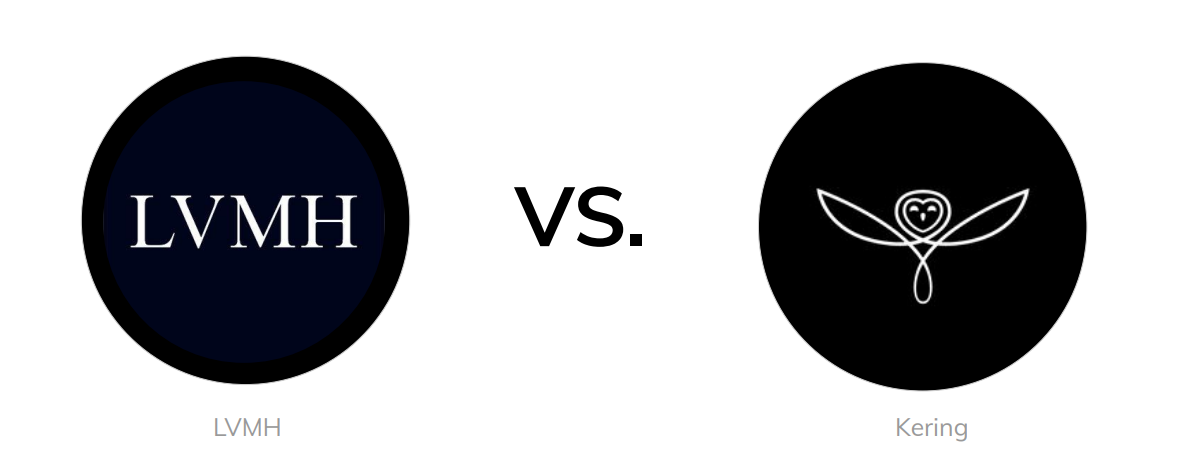
The impak Battle
Spécial édition
At a time when responsible investing is booming in popularity and is establishing itself as a long-term trend, companies and large organizations are coming up with their own sustainable action plans, carbon objectives, net zero ambitions and the like. Following LVMH's recent unveiling in terms of climate and biodiversity, and after a trying 2020, the 3 major French luxury groups, LVMH, Kering and Hermès, found themselves at the top of the CAC 40 in mid-April, a sign that the industry is doing well and that consumers are increasingly engaged - up to 80% of luxury customers prefer responsible brands. Therefore today, impak will be analyzing the 2018 and 2019 impact data of luxury giants LVMH and Kering. Let’s go beyond the monumental means of communication of these two groups and see what it is all about
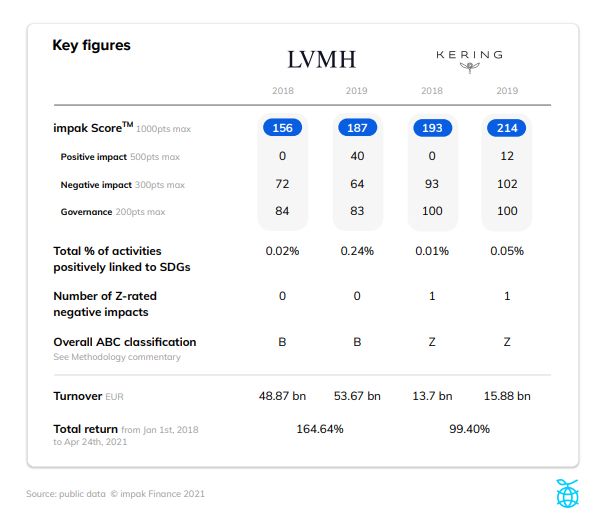
Positive impacts
2018 LVMH 0/500 Ex-Æquo 2019 LVMH 40/500 Winner
LVMH - A remarkable event in the history of a company with ambitious sustainable aspirations, LVMH went from zero and only one positive impact - representing 0.02% of its revenues - to 40 points and 2 positive impacts, between 2018 and 2019. Among its two impacts, there is a donation for the restoration of Notre-Dame-de-Paris after the fire which amounts to 0.21% of its revenues and contributes to the preservation of cultural heritage (SDG 11: Sustainable Cities and Communities). For its second positive impact, LVMH is counting on its financing and partnership in projects linked to child well-being, in particular with UNICEF and Save the Children, which account for 0.03% of its revenues and help to create and strengthen multi-stakeholder partnerships for sustainable development (SDG 17: Partnerships for the Goals).
2018 Kering 0/500 Ex-Æquo 2019 Kering 12/500
Kering - On the other side of the ring, Kering remains modest in generating positive impacts with only 1 impact, going from zero points in 2018 to 12 points in 2019. The positive impact in 2018, via investments in social enterprises, its foundation as well as the White Ribbon campaign, relates to the elimination of all forms of violence against women and girls, whether publicly and privately (SDG 5: Gender Equality). This impact represents 0.011% of its total activities. The following year, the foundation’s activities could not have been considered because of a lack of information in the allocation granted to local associations fighting intimate-partner violence. However, still in 2019, Kering allocated 0.05% of its activities to creating and strengthening multi-stakeholder partnerships for sustainable development (SDG 17: Partnerships for the Goals) - as did LVMH.
This impact from Kering is generated, among other things, by financial support for heritage and cultural operations, product donations and the launch of an impact fund called Gucci Changemakers. The positive impacts from LVMH and Kering were all rated B, i.e. that they are beneficial to stakeholders. This means that in this binary ranking of positive impacts based on the Impact Management Project, a top grade of C - denoting an impact that contributes to stakeholders - has not been attributed to any of the positive impacts from the world's number 1 and 2 luxury brands.
Negative impact mitigation
2018 LVMH 72/300 Winner 2019 LVMH 64/300
LVMH - While its positive impact score increased, LVMH’s score on negative impact mitigation has decreased, and the organization went from 7 to 10 negative material impacts between 2018 and 2019. Without being rated Z, i.e. that it causes or may cause harm to stakeholders, due to the nature of its international operations within six different sectors (alcohol, fashion, perfumes, cosmetics, jewelry and media), LVMH is at risk of an important social or environmental impact on all its value chain. The group tries to counter this risk through sustainable certifications such as the Better Cotton Initiative and the Roundtable on Sustainable Palm Oil (RSPO). These certifications have been seriously criticized, and studies show that they cannot guarantee social or environmental sustainability. Notably, the group created an internal carbon fund and has doubled the price of its GHG emission per metric ton from 15 to 30 euros.
Bernard Arnault’s group does not disclose any mitigation measures or information relative to its other activities, namely the Royal Van Lent luxury yachts, the Cheval Blanc luxury hotels and print media (French newspapers Le Parisien and Les Échos) While the group did not have any mitigation measures for its negative impact on water withdrawal and consumption (SDG 6: Clear Water and Sanitation) in 2018 - caused by vineyard irrigation and manufacturing processes among others - the situation was resolved in 2019 with the addition of measures such as limiting water consumption in water stress zones. Finally, we need to mention two new negative material impacts in 2019, which are both concerning SDG 3: Health and Well-Being. One of these new impacts includes the lack of diversity and unrealistic body image advertising that can promote unhealthy behaviour, cultural bias and appropriation. The second new impact is about the promotion of potentially abusive consumption of alcohol and its harmfulness towards the consumer’s physical and mental health. LVMH has mitigating activities for both impacts
2018 Kering 93/3002019 2019 Kering 102/300 Winner
Kering - The score for the mitigation of the negative impacts of François-Henri Pinault’s group stayed almost the same, going from 93 to 102 points between 2018 and 2019. Notably, contrary to LVMH, Kering obtained a rating of Z for one of its negative impacts. In other words, this impact has been flagged as harmful for stakeholders, and depending on the gravity of the impact, will in turn affect the positive impact score. The issue at stake here is the infamous record fine of 1.25 billion euros issued by the Italian tax authorities due to tax evasion involving one of its subsidiaries. Tax evasion relates to unethical business practices and directly impacts the SDG 17: Partnerships for the Goals. Kering undertakes a major and documented effort to mitigate its negative impacts - the Z-rated one and the others - and this is ultimately why it kept its advance regarding the negative impact score.
Highlighting here the “Kering Standards” for Raw Material and Manufacturing Process and for Animal Welfare, standards which have already been formalized, in operation, and open source. Thus, despite this hefty fine, Kering wins this round against LVMH. Finally, as mentioned by our impact expert on luxury, what is especially interesting is that these two organizations have diametrically opposed strategies when it comes to climate. Kering is all about compensating carbon while LVMH created its own internal carbon fund.
Governance
2018 LVMH 84/200 2019 LVMH 83/200
2018 Kering 100/200 Winner 2019 Kering 100/200 Winner
LVMH and Kering - Regarding the governance score, our team analyzes many factors including the level of impact integration (presence of impact experts on the administration board, in the team, presence of impact indicators, etc.) and the formalization of an intent to generate a positive impact. At LVMH, the LIFE program (LVMH Initiatives for the Environment) - based on 4 pillars: products, supply chain, CO2 and sites - is embedded in its environmental policy since 2012. Additionally, the organization establishes partnerships to support its responsible engagements.
Now, for two consecutive years Kering scores half the points possible thanks to its Sustainability Committee which sits at the same level as the board since 2012. This committee manages the organization’s goals for sustainability strategy 2025. Furthermore, no less than 30% of the Chairman of the Board and the CEO’s remuneration is incentivized on non-financial criteria, including 10% dedicated to sustainability.
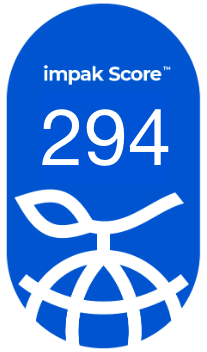
Kering wins 🎉
We can consider that due to the efforts to mitigate its negative impacts as well as the rigorous data collected in this regard, Kering's negative impact score would certainly have been much higher if it had not been tarnished by the record fine they received. Although LVMH has no convictions or fines, its score still falls short of Kering's. If the two luxury giants continue their sustainable momentum, there is reason to believe that when Kering’s total score will no longer be marred by this fine, it will then be able to strongly stand out against its closest competitor. Thus, from a comparison between an A-rated company and a Z-rated company, and although pursued on several levels, Kering comes out a winner in the impak battle
Specificity of the sector
According to the consulting firm Bain & Company, the luxury industry’s worldwide revenues are estimated at 1,300 billion euros and it is believed that its clientele will go from 390 million in 2019 to 450 million in 2025. The luxury industry is hence an important place in today’s consumer societies thanks to its visibility and symbolic power, but luxury is particular in the fact that it polarizes.
Some would say that the luxury industry and sustainable development are opposed by nature: promotion of excess benefiting only but a privileged minority, waste of resources essential to industries linked to sustainable development, etc. Others would argue that the luxury industry throughout its long-lasting, historic, and refined savoir-faire is ethical and sustainable by nature because it has beauty and rarity at its centre. Where does the truth stand?
First of all, the sector is characterized by an important carbon footprint and a low performance on energy transition since luxury companies are strongly dependent on raw materials from ecological and agricultural ecosystems (leather, cotton, precious stones and metals, etc.). Next, this industry is often criticized for the living conditions of animals used for their skins and coming from countries where animal welfare standards are not established nor met. Last but not least, the social and environmental impacts of the luxury industry are defined by a very important use of packaging, the production of dangerous waste, water pollution, important GHG emissions, controversies relating to working conditions in the supply chains, the promotion of inaccessible beauty ideals, which are sexist and even racist at times. See the 2019 controversy on Dior’s perfume Sauvage (savage/wild in English) and the use of Native American elements in its campaign.
Companies in the luxury industry need to do more to justify their value in a world with rising inequalities and impoverished natural resources, but increasingly aware of its state.
Methodological Notes
The methodology follows the IMP classification: A (Acts to avoid Harm), B (Benefits stakeholders), C (Contributes to solutions), and Z (Does or may cause harm). Note that according to our methodology, in the case of a Z, a certain penalty is assigned based on the following 3 factors: the type of Z (does cause harm or may cause harm), the repetition of the Z over time and, only in the case of a Z that ”does cause harm”, whether measures have been taken to mitigate this negative impact.
It is important to mention that companies may have some potential positive impacts that were not considered because of the limited information available or because they represent less than 0.01% of their activities. As positive impacts are based on their relationship to the Sustainable Development Goals (SDGs), they can overlap. The percentages of activities related to these impacts can therefore be non-cumulative.
The sub-score related to governance is based on several criteria analysing the integration of impact mechanisms within the company. Thus, the role of the various beneficiaries in decision-making, the analysis of its impacts within the value chain and the assignment of a team dedicated to the impact mission are all important criteria for this section.
Given the significant growth in transparency and sustainability among investors, one or two years can make a significant difference to impak Scores.
*VEGA Investment Managers is in no way responsible for the information contained in this article. The analysis of VEGA IM does not constitute investment advice or recommendation.
VEGA INVESTMENT MANAGERS - 115, rue Montmartre, CS 21818 75080 Paris Cedex 02
Tél. : +33 (0) 1 58 19 61 00 - Fax : +33 (0) 1 58 19 61 99 - www.vega-im.com
A public limited company with a board of directors having a capital of 1 957 688,25 euros - 353 690 514 RCS Paris- TVA : FR 00 353 690 514
Asset management company, approved by the Autorité des Marchés Financiers (AMF) under the number GP 04000045 - headquarter : 115, rue Montmartre 75002 PARIS
IMPAK RATINGS INC - 5605, avenue de Gaspé, Montréal, QC H2T 2A4
Did you find this impak Battle insightful?
Leave us your email below to receive our latest publications.
You may also like
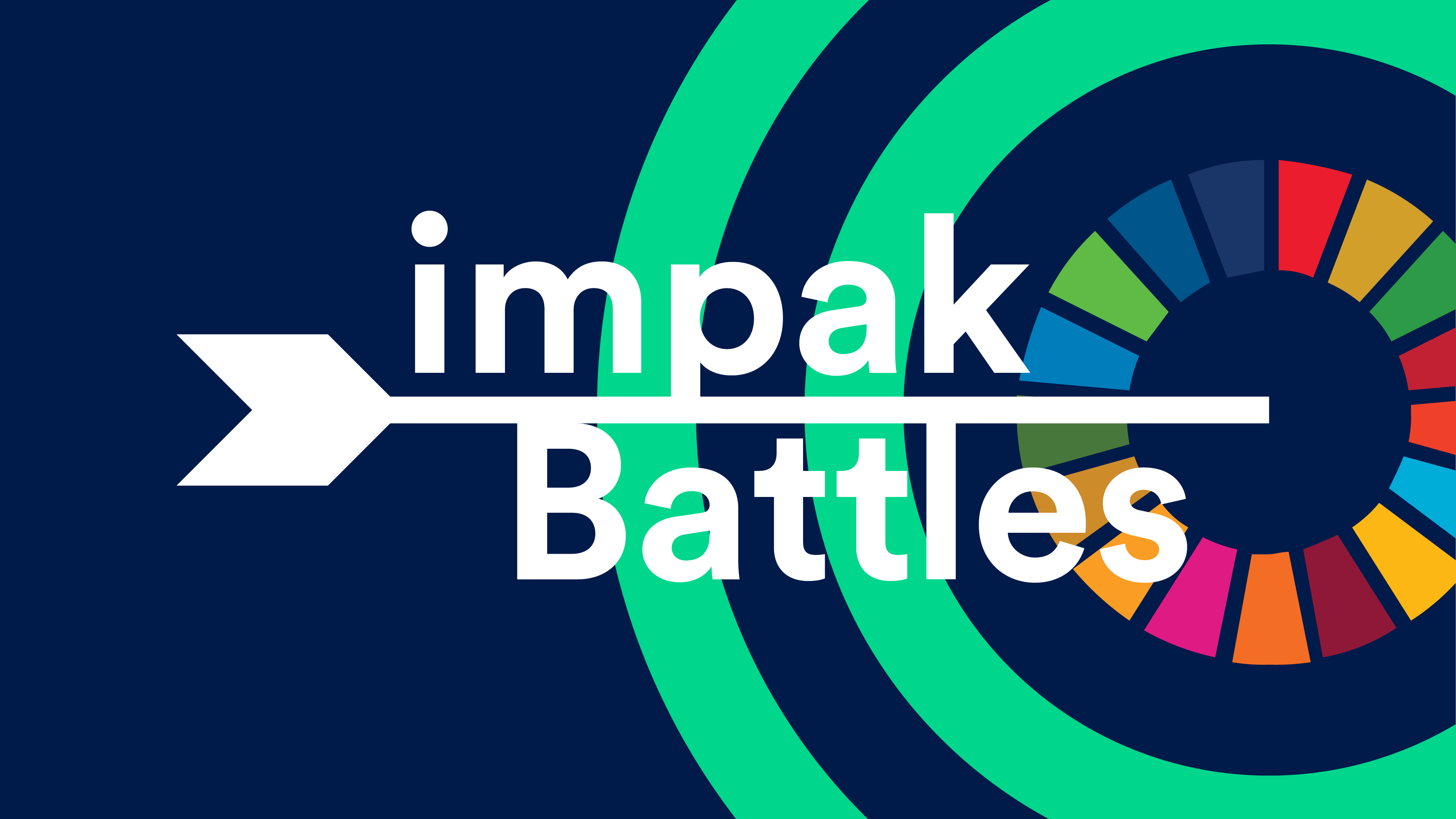
impak Battle : Air Bus vs Alstom
By impak Analytics
Why single materiality is not good risk management
By impak Analytics